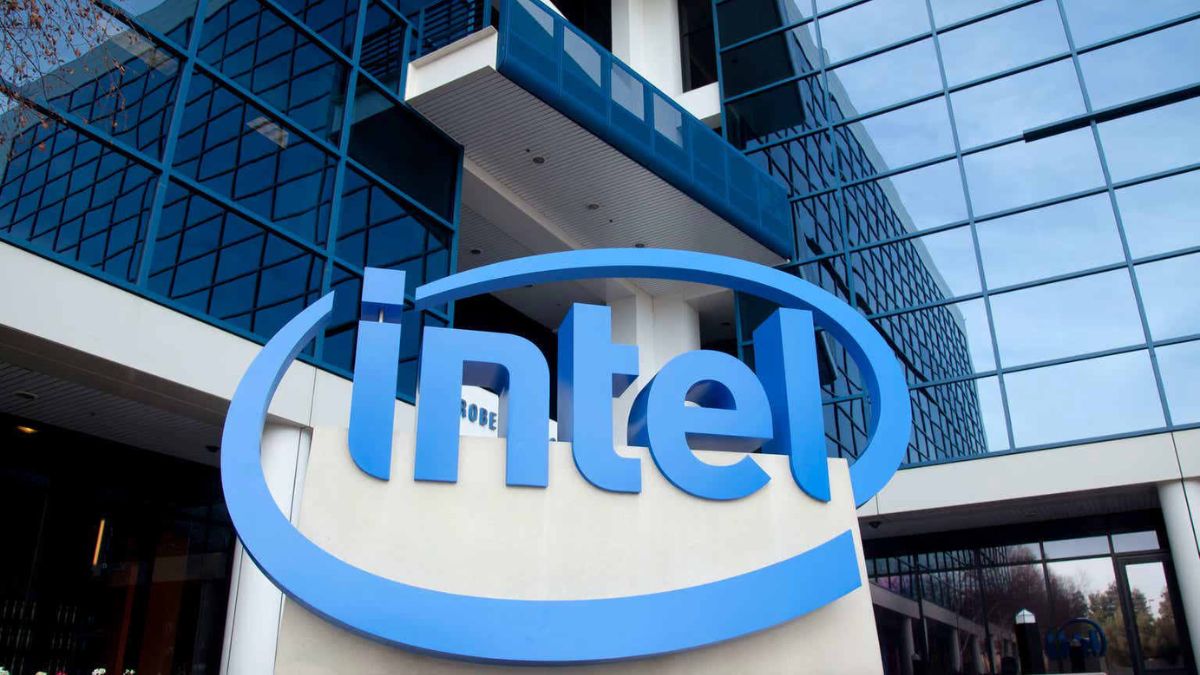Necessary Always Active
Necessary cookies are required to enable the basic features of this site, such as providing secure log-in or adjusting your consent preferences. These cookies do not store any personally identifiable data.
|
||||||
|
||||||
|
||||||
|

In Focus
The tech supply-chain spotlight turned to Intel Corporation as the company announced its Intel Q3 earnings, illustrating an earnings surprise combined with structural change.
According to Reuters, Intel beat profit and margin estimates thanks to rigorous cost reduction and strategic investments. This performance is of particular interest to B2B decision-makers evaluating semiconductor supplier stability and future roadmap viability.
Intel reported third-quarter revenue of approximately US $13.65-13.70 billion, which exceeded analyst consensus and signaled improved demand. The adjusted earnings per share came in at around US $0.23, sharply higher than the US $0.01 expectation. Gross margin reached about 40 %, outperforming estimates near 35.7 %. In other news, Intel received a financial boost as Japanese investment giant SoftBank announces a major stake purchase.
These metrics reflect the company’s efforts to sharpen profitability and reflect tangible effects of its turnaround strategy. For business leaders in hardware, infrastructure or enterprise supply chains, these results emphasise that Intel is becoming a more reliable partner for compute-platform engagements.
Under CEO Lip-Bu Tan, Intel has embraced a rigorous cost-cutting framework and strategic redirection. His restructuring includes workforce reduction, shedding non-core operations and refocusing investment on leading-edge logic and AI platforms.
Simultaneously, Intel is making inroads into the AI chip market: the company highlighted that accelerated compute demand is creating opportunities across its core x86 platforms and foundry services. Recently, Nvidia took a 5 billion stake in Intel, marking one of the most significant cross-investment deals in the global semiconductor sector this year.
Looking ahead, Intel’s guidance for the fourth quarter projects revenue between US $12.8 billion and US $13.8 billion, roughly in line with expectations but without a major upside.
Key areas of risk and opportunity for business buyers include:
The cost-cutting turnaround under Tan may yield benefits but also demands close tracking for vendor stability. Enterprise users and infrastructure builders should assess how Intel’s improved results may influence pricing, supply commitments and long-term collaboration opportunities , especially in areas like data-centre, AI accelerator deployment, and custom silicon.
Intel’s standout quarter for Intel Q3 earnings confirms that its strategic pivot is gaining traction and positions the company more firmly within the compute-platform ecosystem. The restructuring, the foray into the AI chip market and the moderate guidance all signal that while momentum is building, execution remains critical.